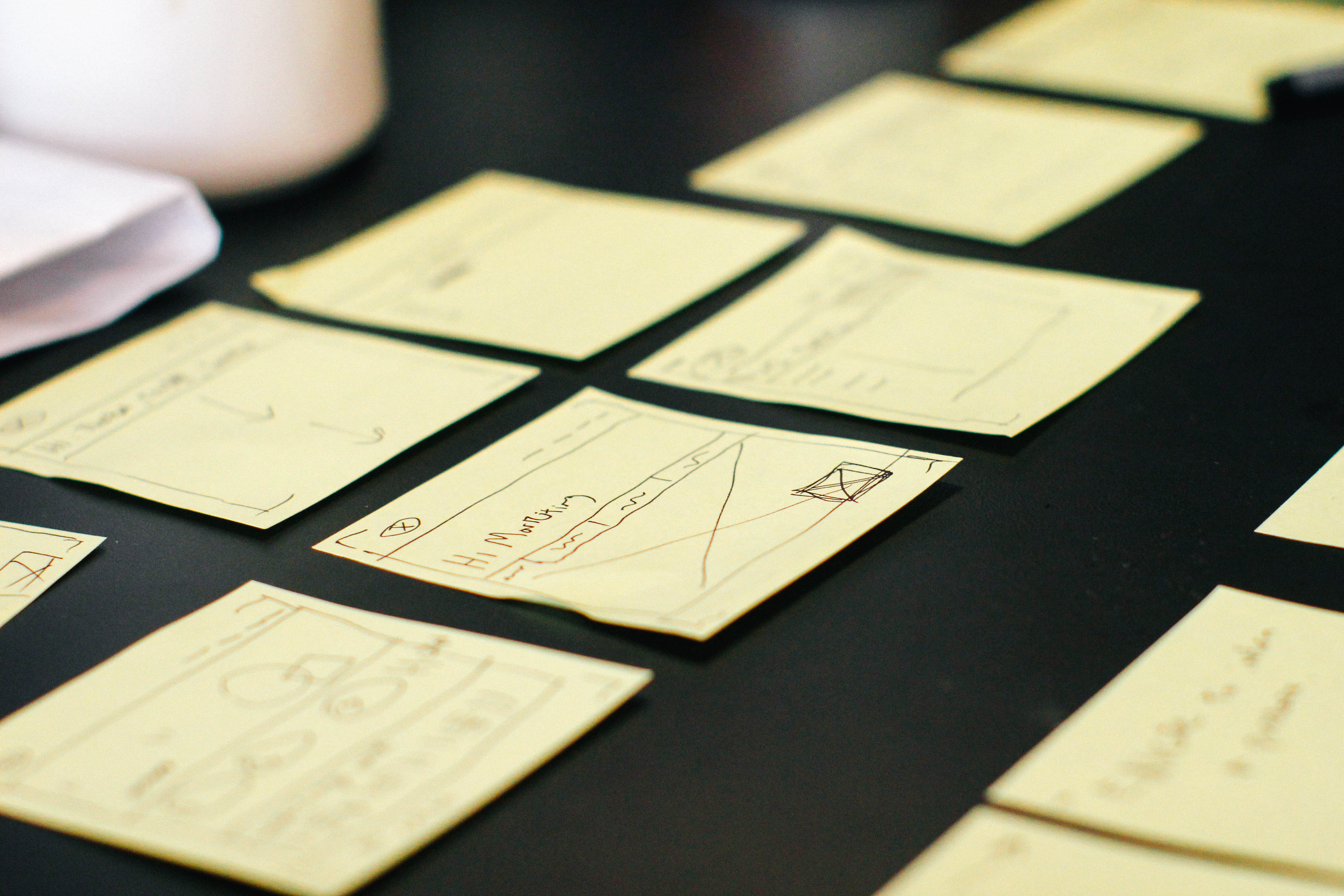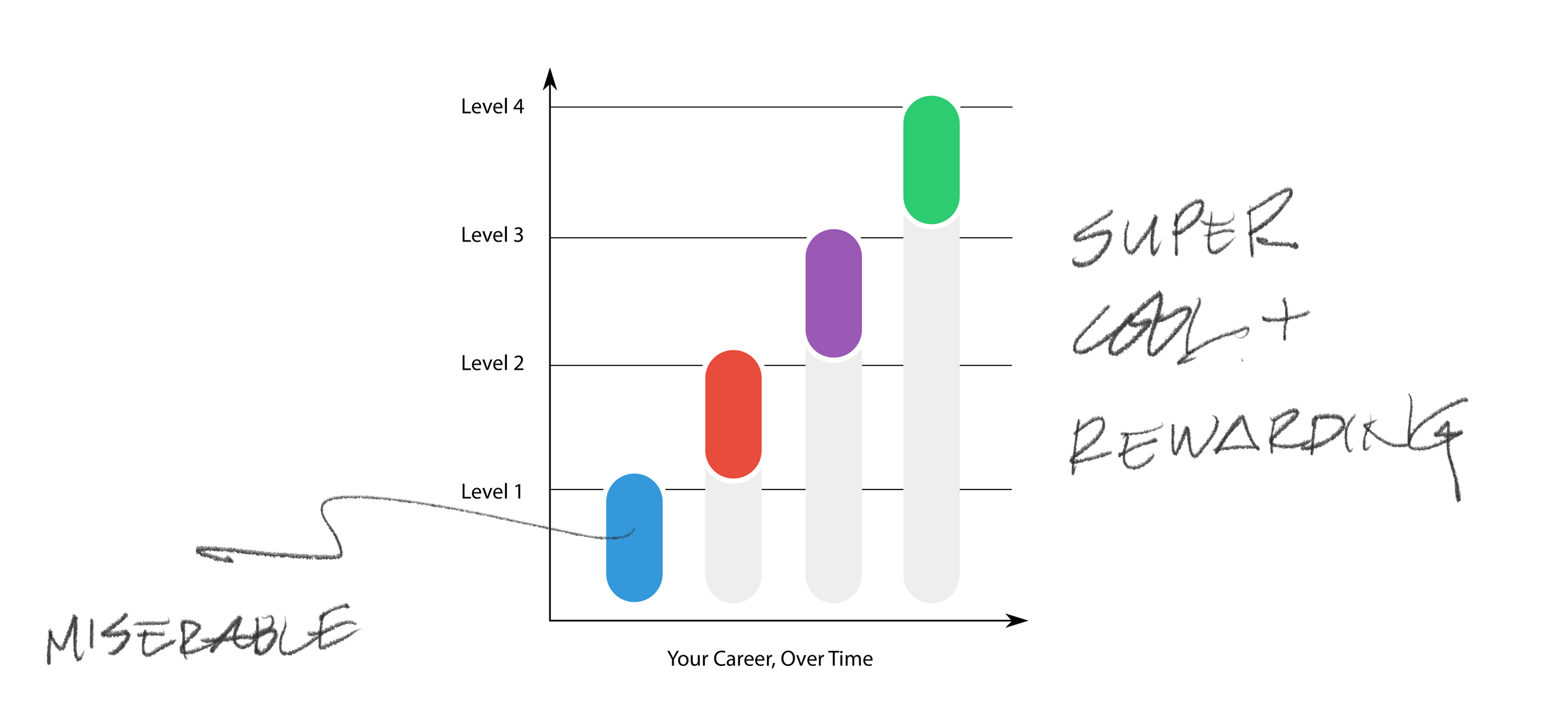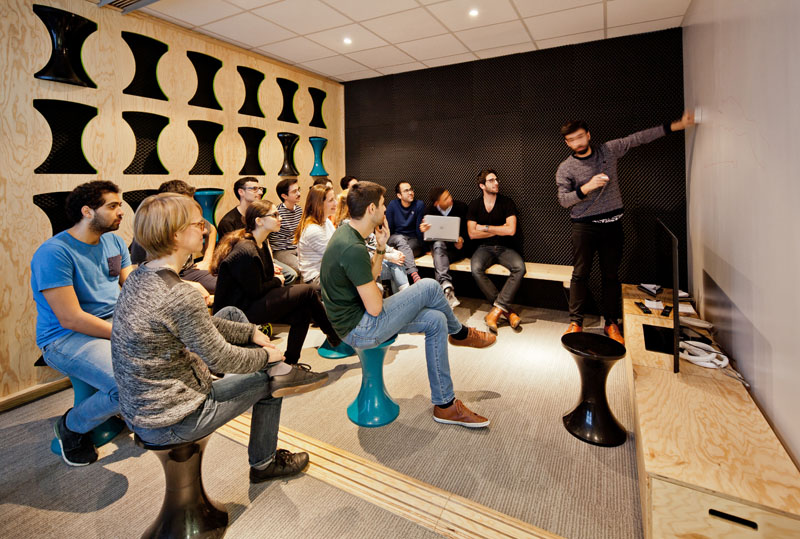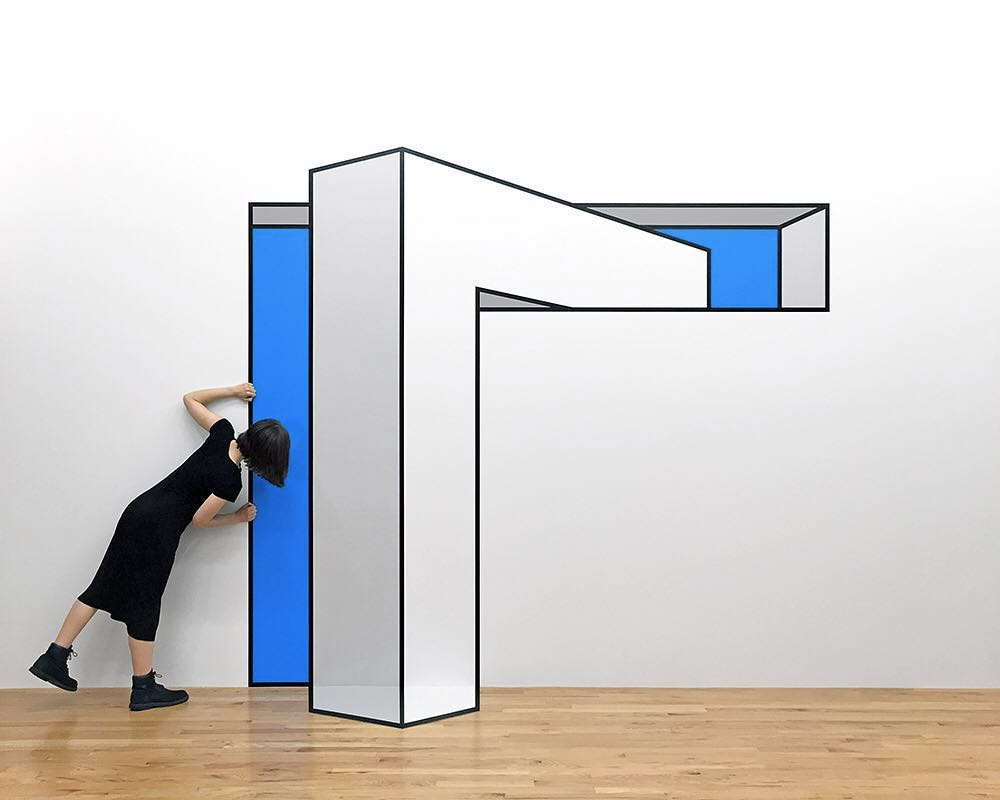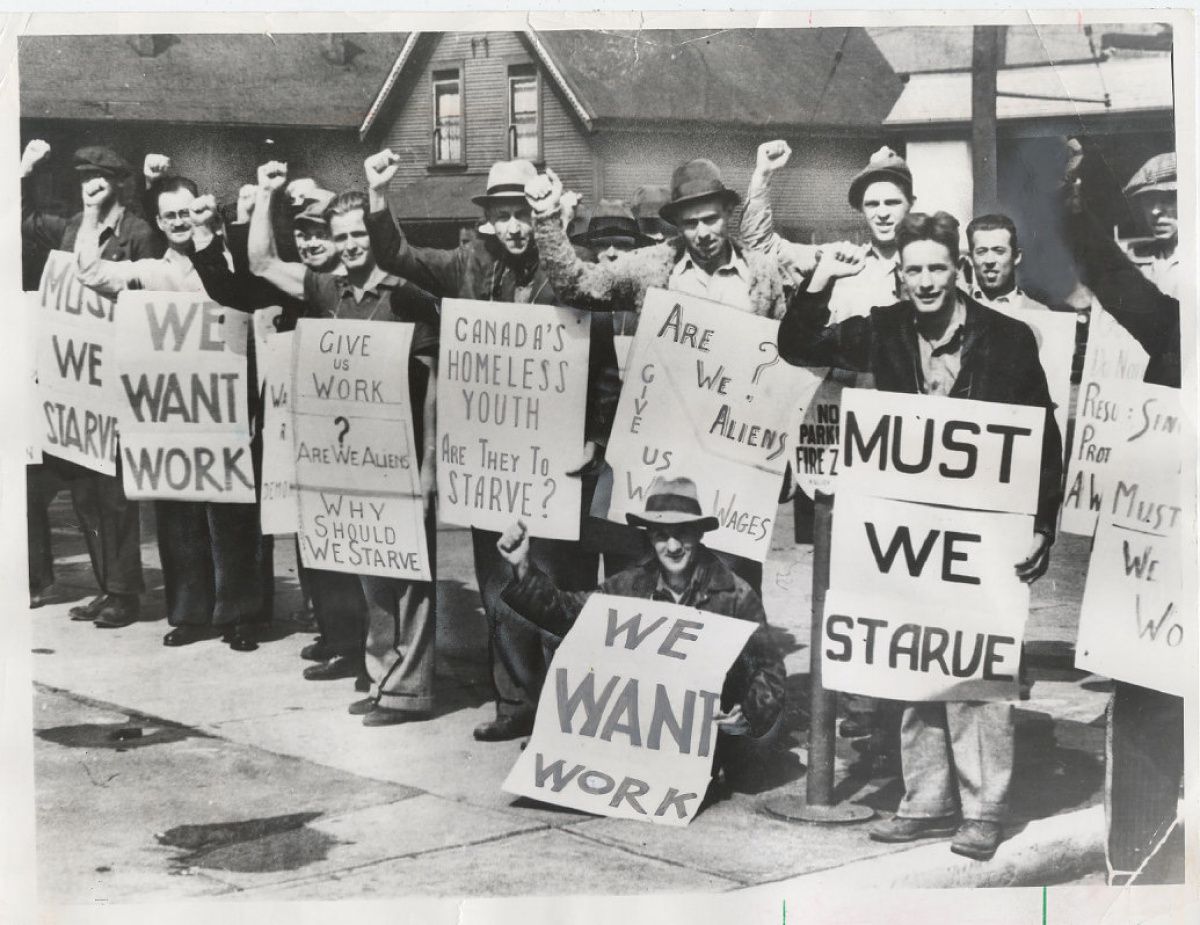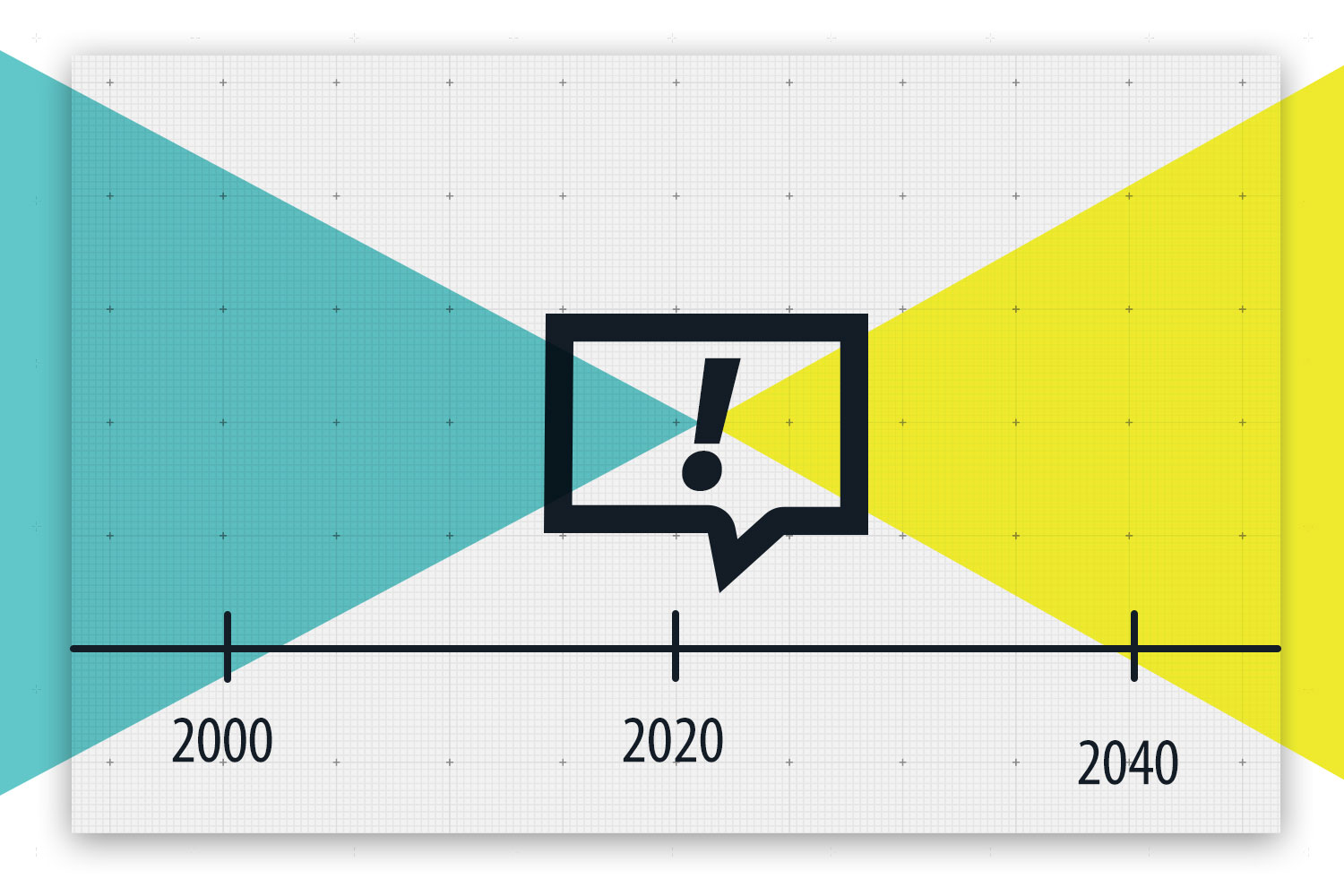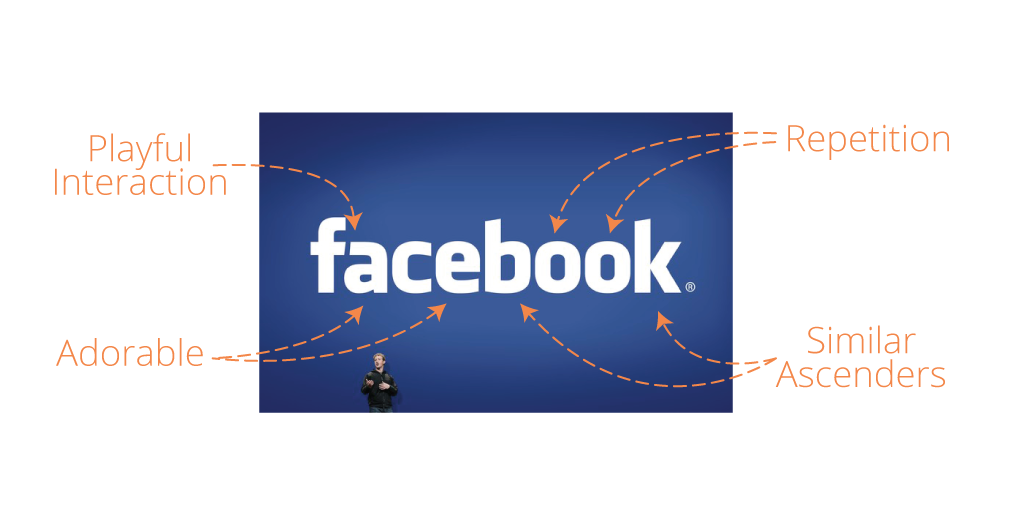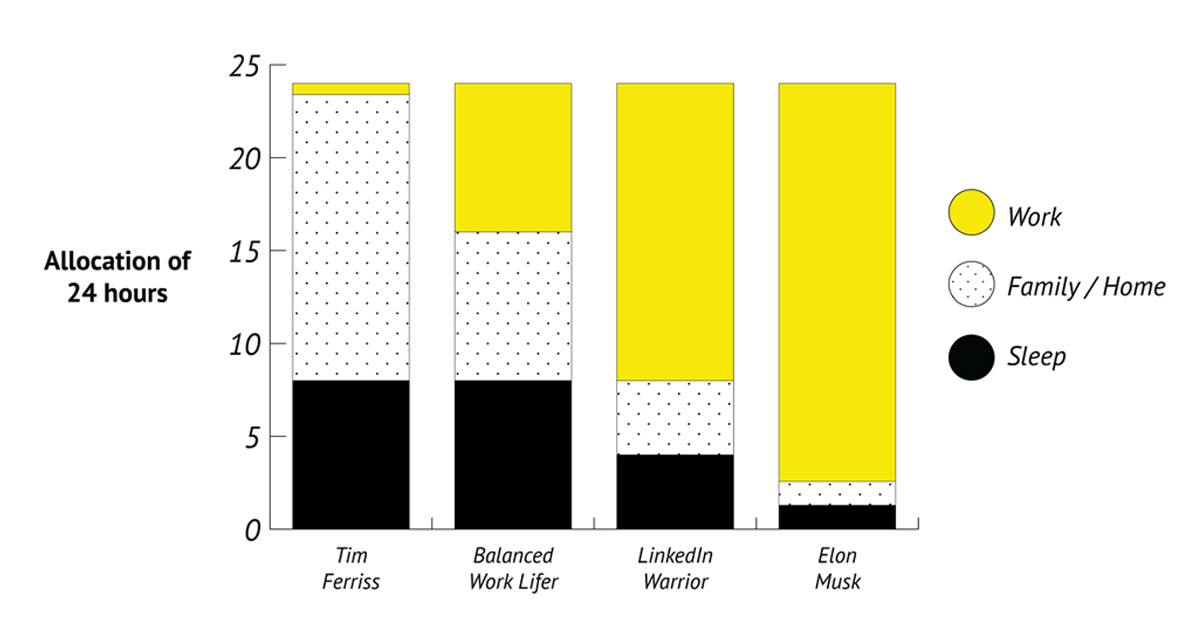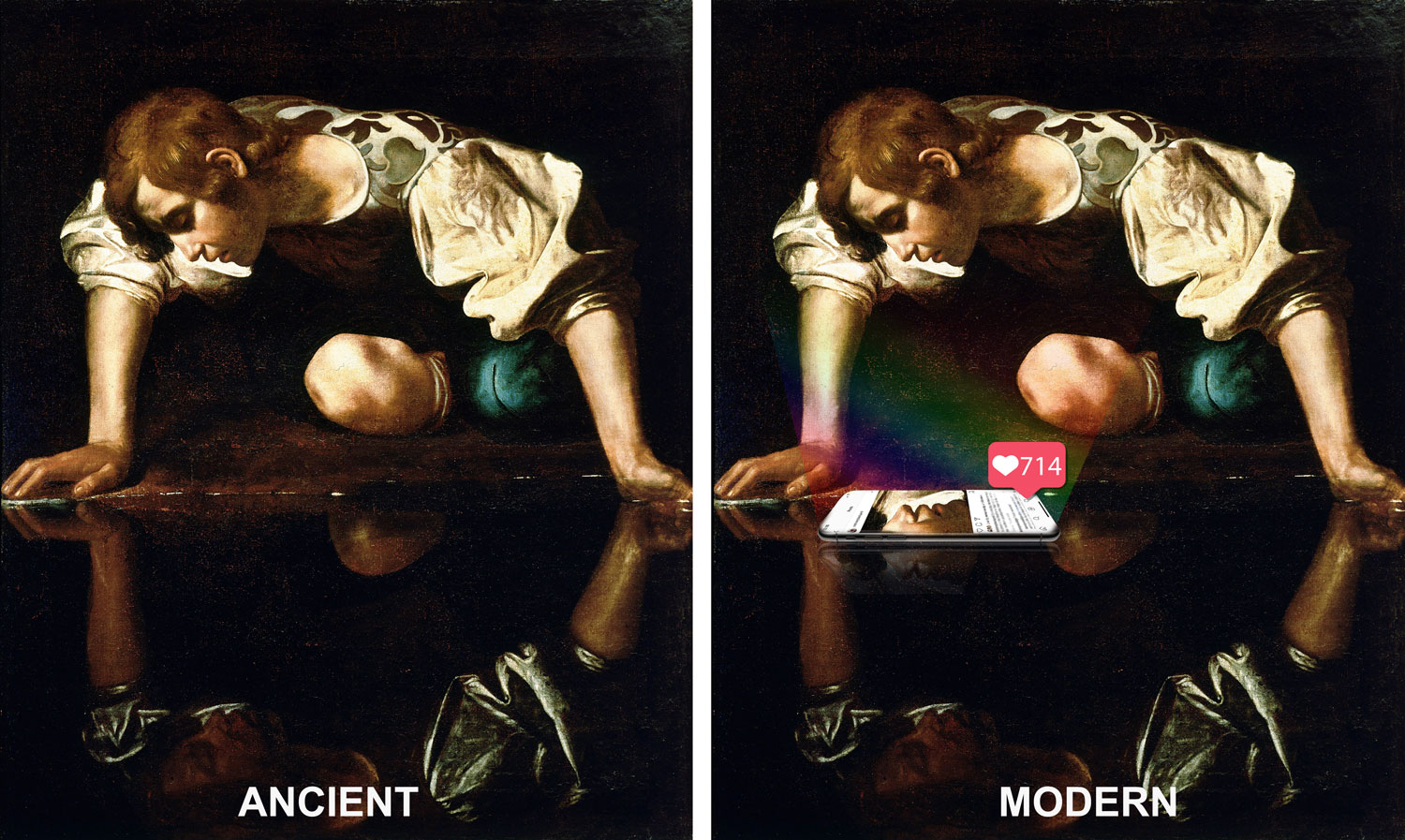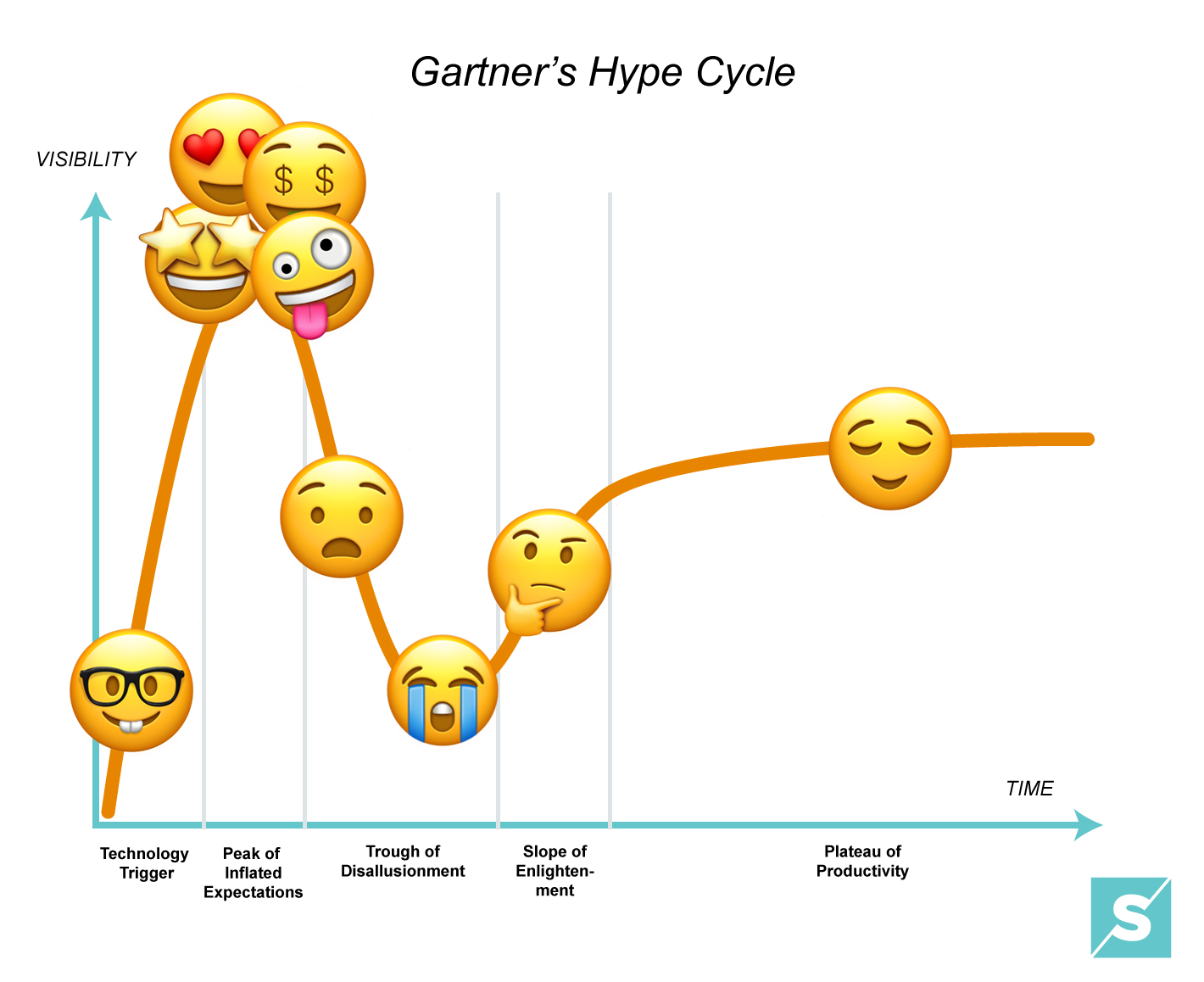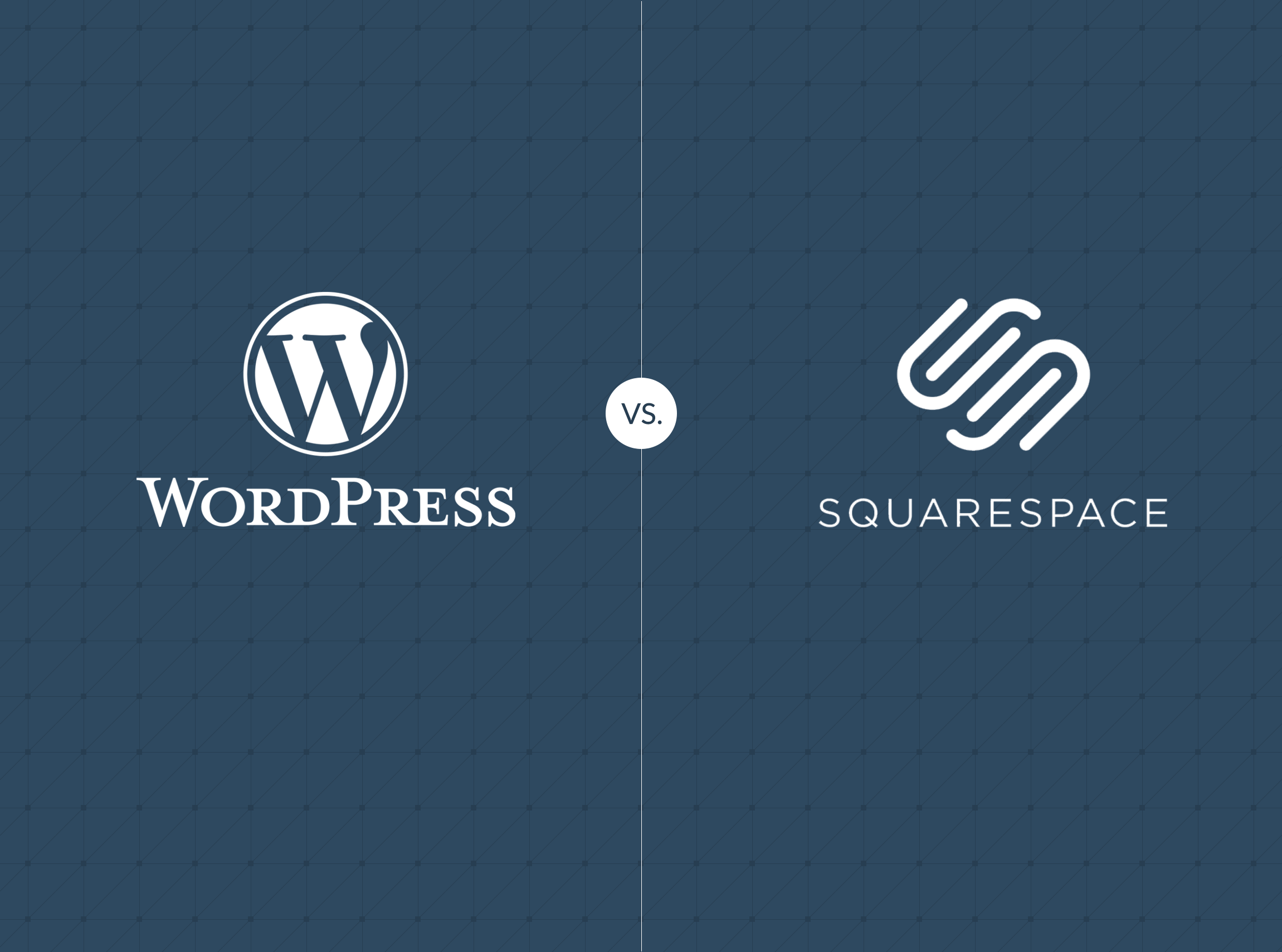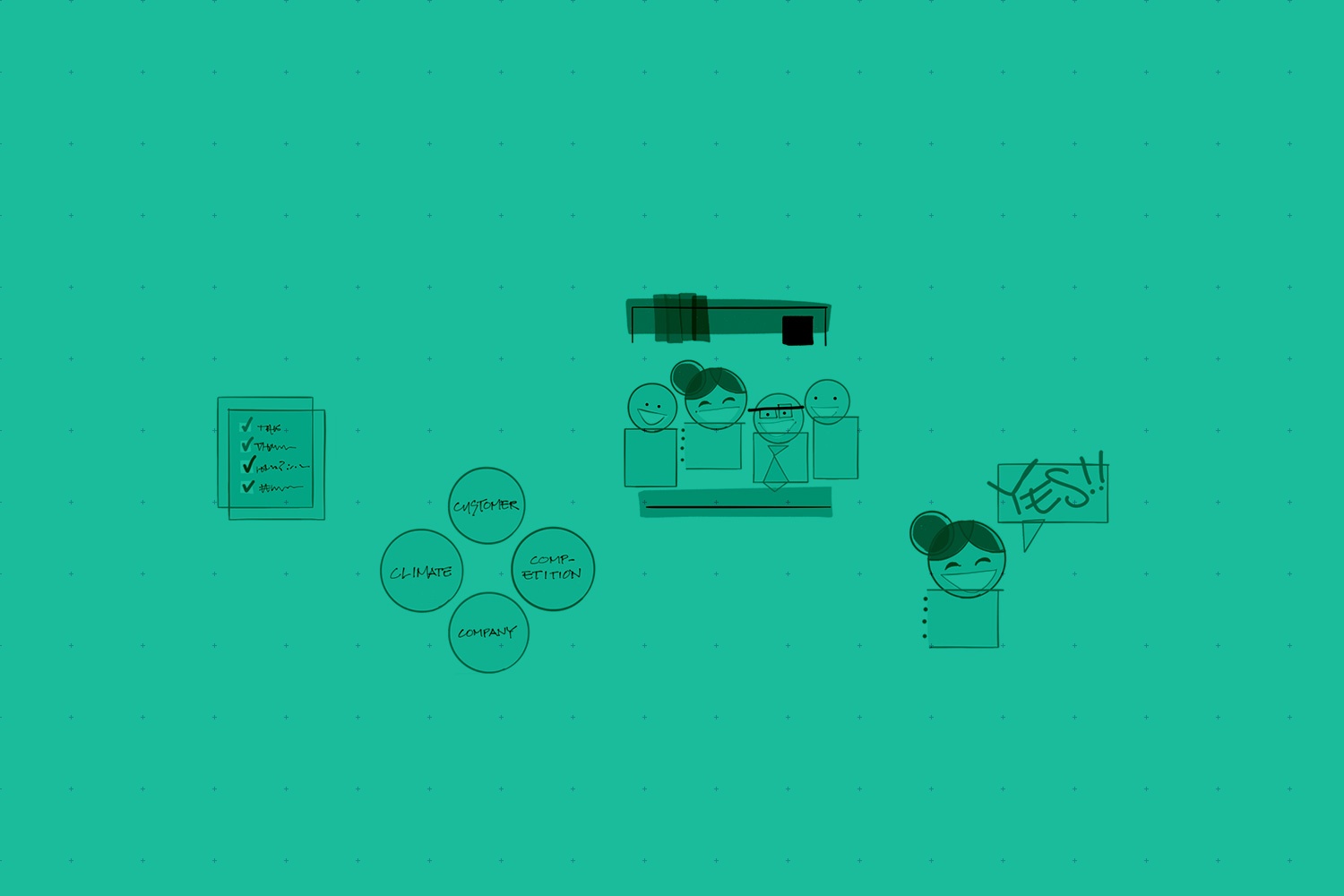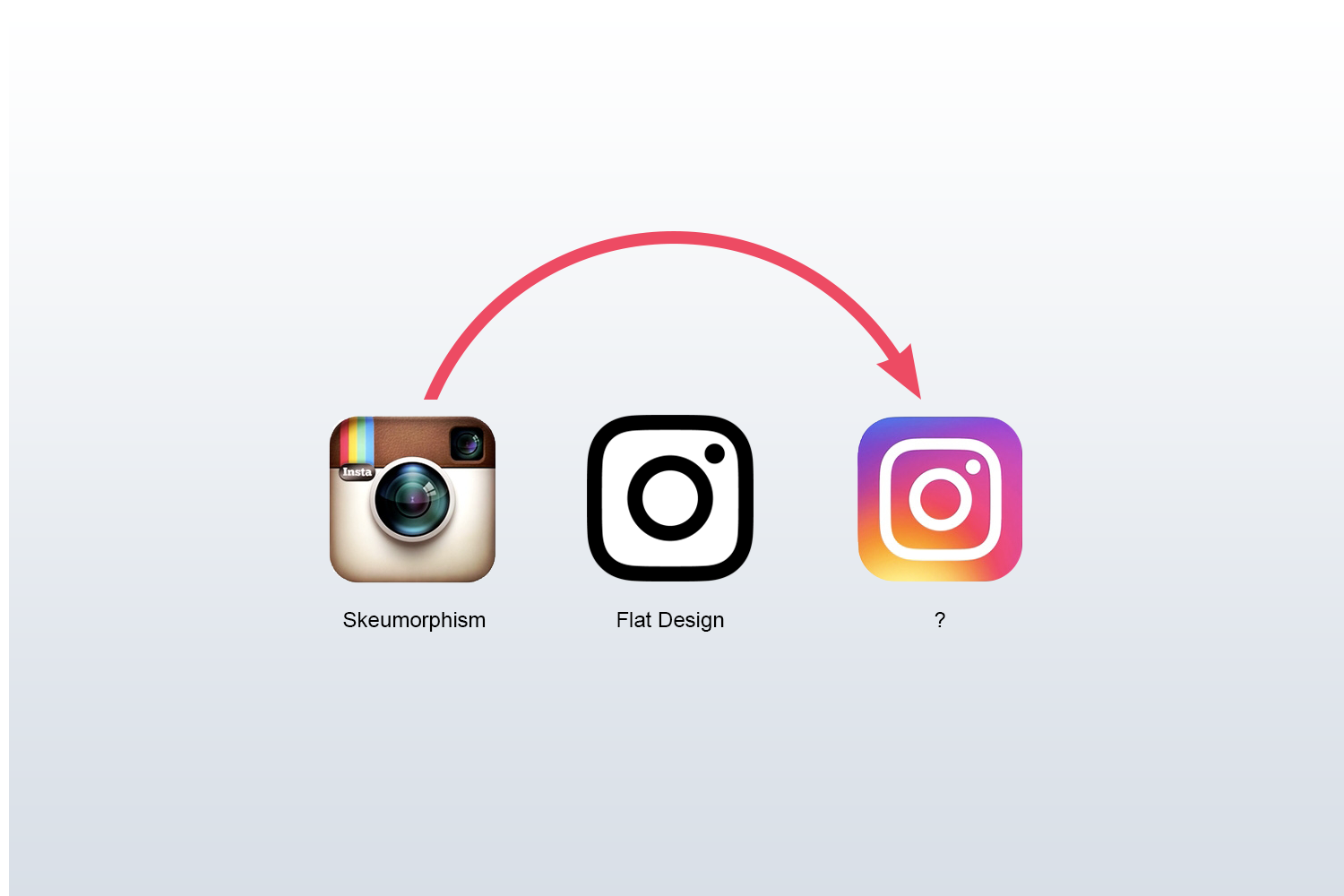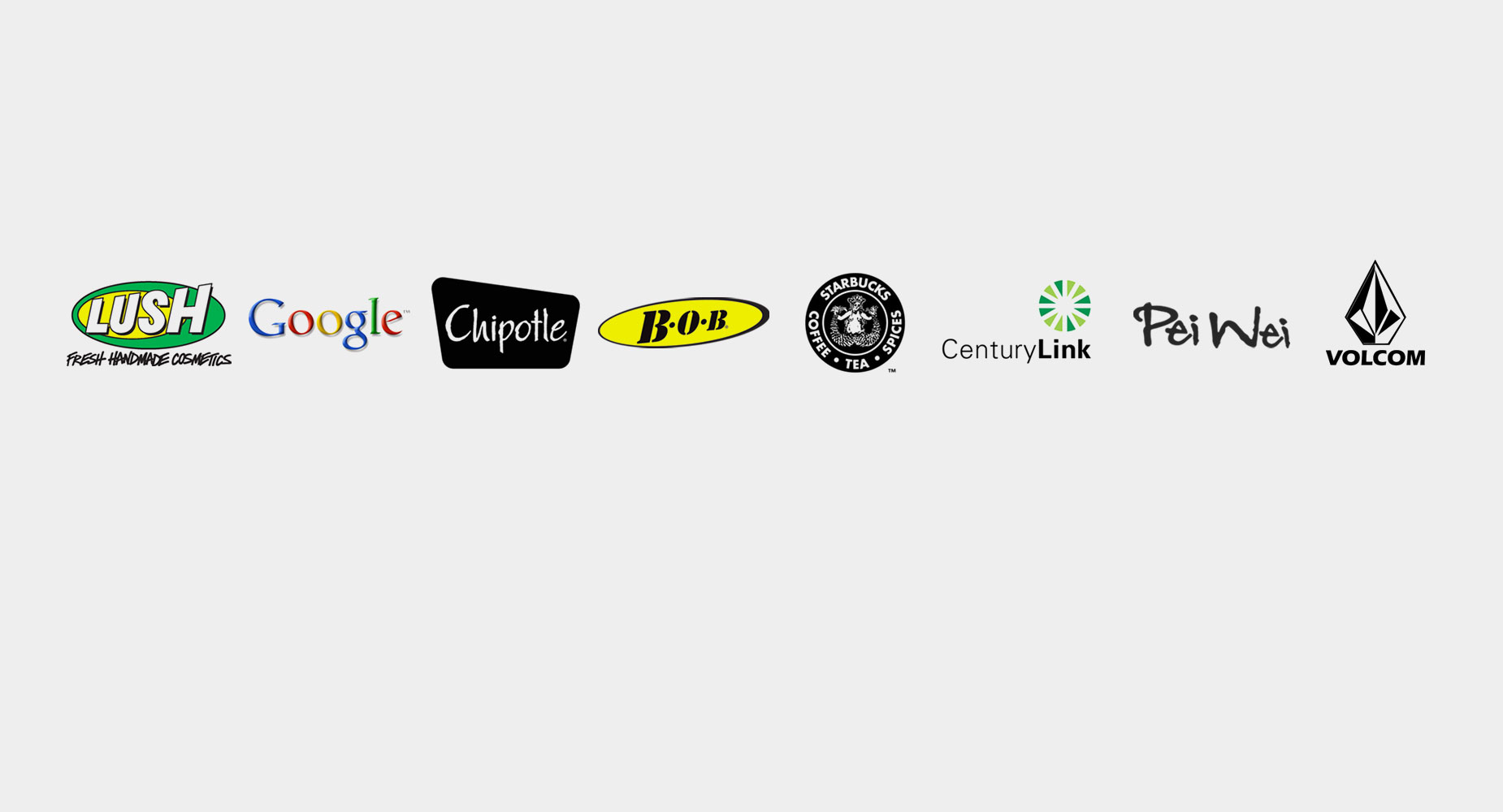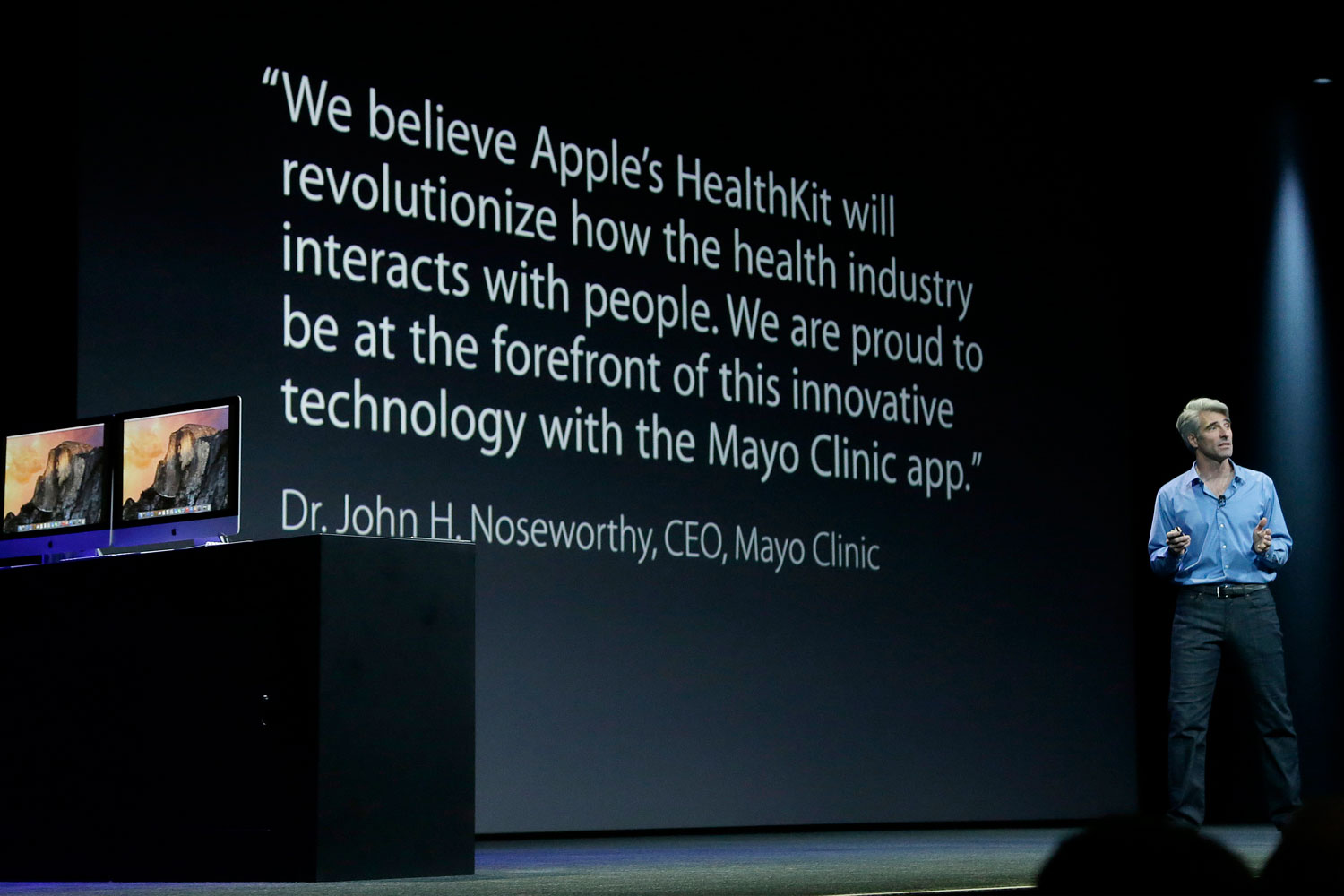So spend 10 minutes with me, and you'll have a boost that will last for decades.
I'm obsessed with how good ideas are executed. You know, how that "ah ha moment" matures into an actual thing. Nothing is more interesting to me than listening to someone's new idea and then hearing him explain how he's going to bring that idea to life. Pour me another cup of coffee my friend, I am listening!
There is a flip side to this obsession. It's devastating when a good idea dies because the project wasn't executed well. Not because your team is incapable of completing the project, but because you weren't attentive to the subtle things that, over time, kill the project.
Bright ideas, if executed poorly, can make even brilliant people look stupid.
The damage won't stop with just that project. The next time you have a good idea for your company, you'll be afraid to share it because everyone will point to the last failure. This creates a culture where haters thrive and believers suffer. And I want that culture to go away.
So this is why I am writing this blog. I want people to bring more great ideas to life. I want to be your fan. I want to follow your progress on Instagram. And this blog is my humble way of helping you along. These 4 project management concepts are essential to the work that we do here at Smith House. It helps keep our relationships with clients healthy and happy. These concepts help us do good work that we can be proud of.
To explain these ideas, I've chosen the setting of a typical corporate-like job where lots of people get involved. I've chosen this environment because it is complicated and doesn't always run as efficiently as a smaller organization. It can be political and often bureaucratic. If these concepts can work here, they can work everywhere.
1. Feature Creep
What it is: It's the natural desire to add things to a project as time passes.
It's kind of like when you wanted to freshen up your house by painting your kitchen cabinets. Then you decide to put in new countertops, new appliances, and finally, you tear down the wall to the family room.

This is fine at your house, but when it's at work, there are serious consequences when a project gets too big. A project that gets too bloated is very likely to fail. Feature creep is the #1 killer of projects.
Most organizations are like an old clock--each of the gears has to do its part and keep moving or the whole clock will break. So by allowing too many features into your project as time passes, you could inadvertently cause major failure throughout your organization.
How do deal with it: This is about getting the fundamentals right.
- Know the scope of the project and make sure everyone else does too. What are the features of the project? Who is doing it? How long will it take to finish? Don't leave the planning meeting without putting it up on the white board. If there's some awkwardness because you aren't quite sure, address that right now! Write it on paper! Make everyone look at it!
- Train your team. Whoever is building the project needs to know how little requests to change the scope of the project can means an ugly reality down the road. Teach them what to do when someone wants to add something new to the project scope.
- Reinforce the scope of the project frequently. This can be hard to do because you repeat yourself and sometimes you sound inflexible. But as time goes on, people forget what they agreed would be included in the scope earlier when you were planning. It's up to you to remind people! I found that's its always helpful to put in on paper. Compile all the details into a PDF and stick it in their inbox.
You Will Thank Me Later: When you get a project done...on time.
2. The Project Management Triangle
What it is: It's a visual concept that illustrates how time, money, and quality of a project relate to one another. Think of it as a "reality check" when adjusting people's expectations. It is also known as the Iron Triangle, Pick 2, Triple Constraint. This is interrelated to the concept of feature creep because it shows how things must change if new features are added into a project.

How you use it: The simplest interpretation goes like this. "I can get the project done quickly. I can get it done really well. I can get it done cheap. Now you pick which 2 you want." To put it in other words: it's impossible to get a project done fast, cheap, and awesome. That's a fantasy!
The triangle is most useful though when you are in the middle of a project and someone introduces new constraints/requirements. Now you can use the triangle to adjust expectations accordingly:
- "So you want the project done sooner? Okay, we can do that. But we have to commit more money to the project to bring on more help, or we have to change the overall scope of the project. We will have to eliminate some of the features."
- "So we have no more budget? Then maybe we can stretch out the timeline, or we can reduce the scope of the project."
- "So you want to add more features to the project? Then we need to commit more money/more people, and probably more time too."
You Will Thank Me Later: When you avoid a very sensitive conversation with your boss or your client. You will draw the triangle, show them the restraints, and then give them the authority to make the decision. You get to be the good guy.
Also, there are many variations of the triangle, so take time to look around online. Choose the triangle that best fits your industry or your situation.
3. Communication Creep
What it is: When there is more communication around a project than actual work getting done. It's those horrible non-productive emails that clog up your day and make you hate your job. To put it another way, communication creep is what happens when people think that talking about a project is the same thing as doing a project.
How to deal with it: In my experience, you sound kind of whiny at the beginning of a project when you tell people--okay guys...don't call unnecessary meetings and don't send lazy emails. Instead, you need to model this during a project, and eventually, people will catch up with you. For example:
- When an email hits its 3rd "reply all" and you can't figure out what is going on, don't add the chaos by being the 4th reply all. Instead, grab the people in the hallway and have a stand-up meeting to talk through the issue.
- When you interrupt a meeting half-way through and share politely: "I know that we have a lot to talk about before we wrap up this meeting in 30 minutes, and we've only addressed a couple of points here. Can we all agree to move through this quickly so that we don't have to schedule a 2nd meeting?"
You'll Thank Me When: Everyone in the building starts to copy your mad skillz and your life gets better.
4. Regroup
This has become a pretty versatile word--regroup--and it could mean a lot of things depending on its context. For me, "regrouping" is a meeting that you schedule into a project plan where you don't talk about what we are working on, but instead only talk about how the project is going.
It's useful to regroup in a space that is not where you have your standard project meetings. Get out of the conference room. Meet at the coffee shop. Have a walk-and-talk on the quiet streets that wind through the neighborhood behind your office building.
Here are good questions to ask in your regroup:
- "Are we communicating well? Where have things fallen apart?"
- "What part of the project has been awesome, what has been a disappointment? What can we do to make it better?"
- "We had a timeline for the project. However, a lot has changed since then. Is our timeline still realistic? How should we adjust our expectations?"
- "It seems like the project is stalling because everyone is a waiting on approval from the boss before we move on. However, it's taking days, sometimes a week to get approval. We need to move the project deadline, or we need to decide what requires approval and what can push through."
- "It seems like we're losing support for this project within the organization. Do we need to press pause on the project, and then give everyone a status update? Remind them why this project is so essential?"
- "You are consistently missing deadlines. Is that because you don't believe in the project? Because you are spread too thin? Can we get you some more help? We want you to succeed, but you need to tell us how to help you."
You'll Thank Me Later When:
You walk out of the regroup feeling like everyone could say what they really wanted to say without anyone's feelings getting hurt. The problems have been exposed, there is a plan in place to fix them, and now you can get back to making the project fun.
The Bottom Line
Projects are fun. Stay focused, work hard, and be mindful of the vibe that is surrounding your projects. If things start to turn negative, it's up to you to take steps to make the vibe positive again. Again--it's more fun this way and the end results are better.
Also, check out Slack and Basecamp. We use these a lot and they've made projects more rewarding. Also, if you have an idea that you are bringing into reality, let me know. I will be your superfan!
